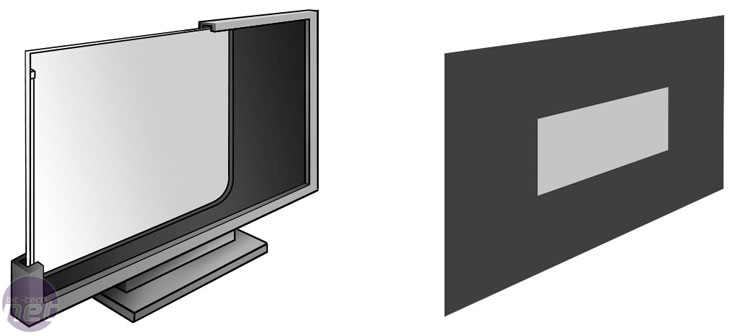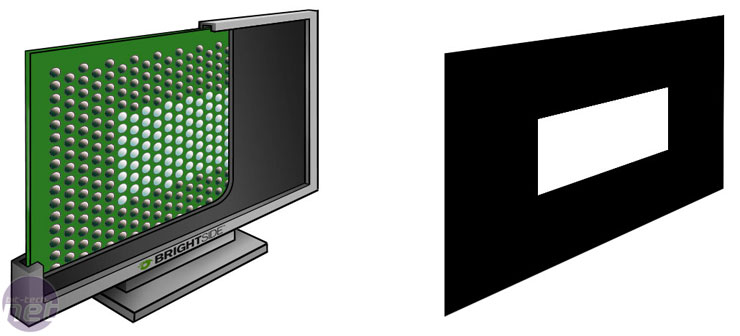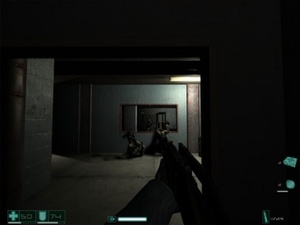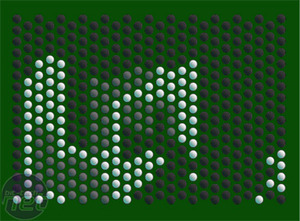
How does it work?
To understand how BrightSide's HDR display works, you must first understand how existing LCD displays works. The actual liquid crystal layer - the one that produces the picture - is identical in both cases: 1080p HD; native resolution of 1920x1080 pixels. The key difference lies in the method of back lighting:Traditional LCD

This is a traditional LCD display. The principle for back lighting is similar for a desktop monitor or laptop screen as it is for this wide screen LCD TV. Bright, white cold cathode fluorescent lights (CCFL) are located behind the LCD layer; for a laptop, they are at the edges, while large television displays have several laid in parallel. The light emitted bounces off a reflective layer at the back of the display, through the LCD layer and to your eye, resulting in a visible picture.
The back light is uniform, and as discussed earlier, achieving dark blacks is difficult because the LCD struggles to block out the light. Our example model has a contrast ratio is 1000:1, limiting the white values at the top end, and it has an overall luminance of 550 cd/m².
BrightSide Extreme Dynamic Range LCD

Right away, you can see the dramatically different approach taken to back lighting the display: an array of nearly 1400 ultra-high brightness, white LEDs replace the cold cathodes and reflective layer. When the darkest blacks are required, such as the black stripes top & bottom when watching a DVD, the DR37-P simply turns off the corresponding LEDs completely. The result is truly black blacks and seriously white whites: an effective contrast ratio of 200,000:1 and a luminance of 3000-4000 cd/m². That's really bright.
Of course, this technology is much more than just turning LEDs on and off. After all, most LCD manufacturers currently have prototypes using LED back lights, just as the same super bright, white LEDs are finding their way in low-maintenance office lighting, and most commonly, high performance brake lights on cars.
The picture is analysed 60 times per second and the brightness value for every LED in the array is dynamically adjusted from zero light (0 cd/m²) right up to 4,000 cd/m², and everything in between. BrightSide call this technology Individually Modulated LED, or IMLED. This is the foundation of BrightSide's core Intellectual Property. A full 8-bits of the display are dedicated to this luminance channel which, when combined with the 8-bits of information going to the LCD panel, gives a display capable of receiving and displaying 16-bits per colour channel.
To illustrate this point, we have produced a simple example below. We took a simple screen shot from Vivendi's shadow-tastic shooter F.E.A.R. - because of it's advanced lighting, you often find yourself in areas of high contrast between light and dark. These are ideal conditions for the EDR display.
On the left is a graphical representation of what the IMLED array would be doing. Some LEDs are bright, others are dim, and many more are very dim or off completely. We have exaggerated the effect in order to demonstrate the concept. On the right you can see how the IMLED array corresponds with the image: areas of light vs areas of darkness.
By now you might be thinking: how can they possibly modulate the brightness of over 2 million pixels (1920x1080) using just 1400 LEDs, at 60Hz no less? The answer is what BrightSide refer to as their 'special sauce'. We asked BrightSide to cook up a batch just for bit-tech, over the page...

MSI MPG Velox 100R Chassis Review
October 14 2021 | 15:04











Want to comment? Please log in.